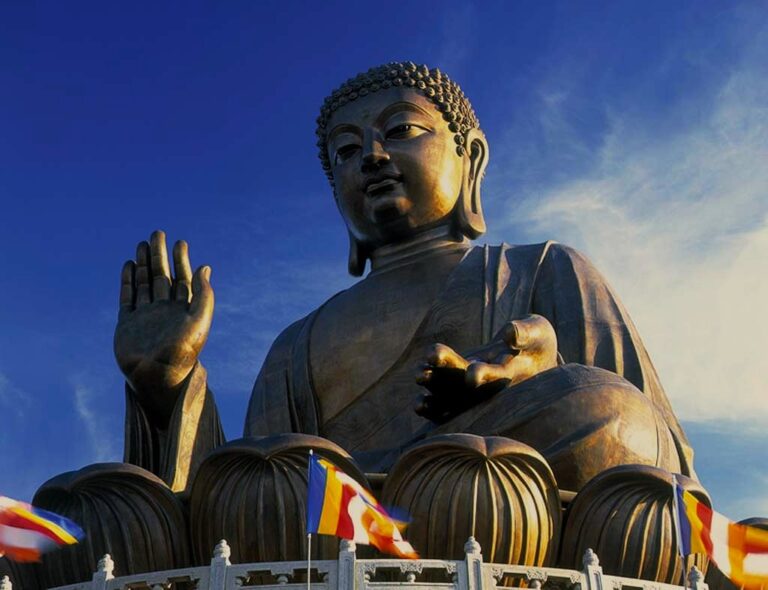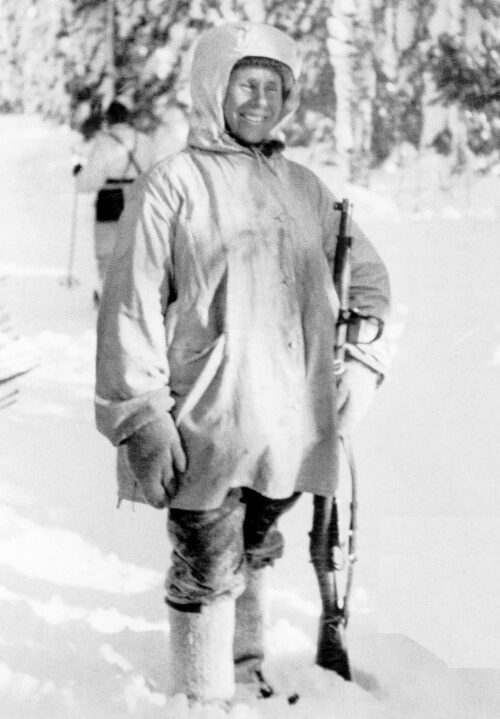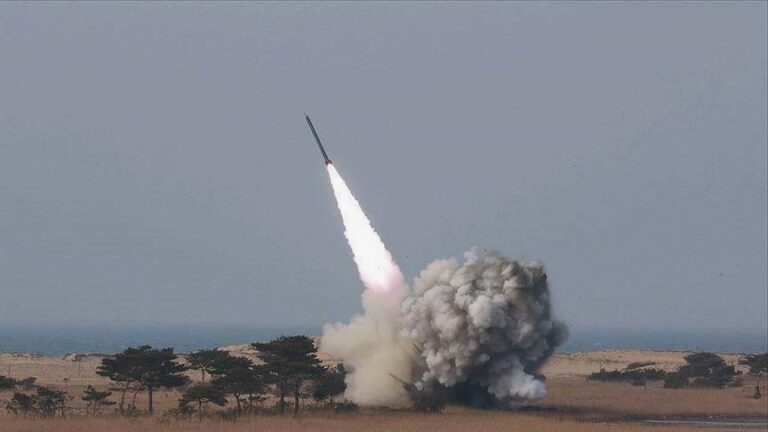
On December 7, 1941, Japan launched a surprise attack on the U.S. Pacific Fleet at Pearl Harbor, setting off a chain of events that changed the course of history. The decision to strike the United States was not made lightly; it was the result of long-standing tensions, economic pressures, and strategic necessity. Japan sought to secure its empire, eliminate American interference, and establish dominance in the Pacific. However, what it intended as a decisive blow would instead become a fatal miscalculation, drawing the United States into World War II with devastating consequences for Japan.
1. The Road to Conflict: Japan’s Imperial Ambitions
Japan’s Transformation into a Military Power
By the early 20th century, Japan had transformed from an isolated feudal state into a modern industrial and military power. However, unlike other world powers, Japan lacked natural resources such as oil, rubber, and iron—materials crucial for sustaining its growing military and economy. To compensate, Japan pursued territorial expansion, believing that only through conquest could it secure long-term survival.
Expansion in East Asia
Japan’s quest for dominance began decades before World War II:
- 1895: Japan defeated China in the First Sino-Japanese War, securing control over Taiwan.
- 1905: Japan humiliated Russia in the Russo-Japanese War, gaining control over Korea and parts of Manchuria.
- 1931: The Japanese army invaded Manchuria, establishing the puppet state of Manchukuo.
- 1937: Japan launched a full-scale invasion of China, sparking the Second Sino-Japanese War, a brutal conflict that drained Japan’s economy and resources.
Japan’s continued military campaigns in China created friction with Western powers, particularly the United States, which viewed Japanese expansion as a threat to global stability.
2. The Economic Stranglehold: How the U.S. Forced Japan’s Hand
The United States Responds with Sanctions
As Japan continued its conquests, the United States imposed economic sanctions to pressure Japan into halting its aggression. The most significant blow came in July 1941, when the U.S., along with Britain and the Netherlands, froze Japanese assets and cut off Japan’s oil supply—crippling its ability to wage war.
For Japan, this was an existential crisis. The nation relied on American oil for over 80% of its fuel supply, and without it, Japan’s navy, air force, and economy would grind to a halt within months. The Japanese government saw two choices:
- Submit to U.S. demands, withdraw from China, and accept economic dependence.
- Seize the resources it needed by force, even if it meant war with the United States.
For Japan’s militarist leaders, surrendering was unthinkable. Instead, they formulated a high-risk military strategy to eliminate the American threat before the U.S. could mobilize for war.
3. Japan’s Strategy: The Illusion of a Quick Victory
The “Greater East Asia Co-Prosperity Sphere”
Japan’s leadership envisioned a self-sufficient empire, known as the Greater East Asia Co-Prosperity Sphere, stretching from Manchuria to Southeast Asia. This plan required securing vital resource-rich territories:
- Dutch East Indies (Indonesia) – for oil
- Malaya – for rubber and tin
- The Philippines – a strategic U.S. territory
However, the greatest obstacle to this vision was the United States, whose Pacific Fleet was stationed at Pearl Harbor, Hawaii. Japanese leaders believed that if they could cripple the U.S. Navy in one swift strike, the U.S. would be unable to interfere in Japan’s expansion for years.
The Risk of War with the United States
Not all Japanese leaders supported war with the United States. Admiral Isoroku Yamamoto, commander of the Imperial Japanese Navy, warned against it, knowing that Japan could not match America’s vast industrial power in a prolonged conflict. However, war hawks in the government dismissed these concerns, convinced that the U.S. lacked the resolve for a long war and would negotiate peace after an initial shock.
Thus, Japan devised a bold and dangerous plan:
- Launch a surprise attack on Pearl Harbor to neutralize the U.S. Pacific Fleet.
- Simultaneously invade Southeast Asia, securing critical resources before the U.S. could recover.
- Force the U.S. to negotiate peace, leaving Japan dominant in the Pacific.
4. The Attack on Pearl Harbor: Success with a Fatal Flaw
December 7, 1941: The Day That Changed the World
In the early hours of December 7, 1941, Japan launched a devastating air assault on Pearl Harbor, catching the United States completely off guard. In just two hours:
- 8 battleships were sunk or severely damaged, including the USS Arizona and USS Oklahoma.
- Nearly 200 American aircraft were destroyed.
- Over 2,400 U.S. servicemen were killed.
The attack was a tactical success—but it failed in its ultimate objective.
What Japan Got Wrong
- U.S. Aircraft Carriers Were Not at Pearl Harbor – The most important ships, America’s aircraft carriers, were at sea and survived the attack. They would later play a decisive role in turning the tide of the war.
- The U.S. Oil Reserves and Repair Facilities Were Left Intact – Japan did not destroy fuel depots and dry docks, allowing the U.S. Navy to recover quickly.
- The Attack United the American Public – Instead of forcing the U.S. into negotiation, it enraged the nation, leading to a full-scale war declaration the next day.
Japan had gambled on a quick victory, but instead, it had awakened an industrial giant.
5. The Consequences: The Beginning of Japan’s Defeat
America Strikes Back
The attack on Pearl Harbor pushed the United States into full-scale war, and with its massive industrial capacity, America quickly turned the tide against Japan:
- The Doolittle Raid (April 1942) – A symbolic air raid on Tokyo showed Japan it was not invincible.
- The Battle of Midway (June 1942) – The U.S. sank four Japanese aircraft carriers, dealing a crippling blow to Japan’s navy.
- Island-Hopping Campaign (1943–1945) – The U.S. pushed Japan back across the Pacific, capturing strategic islands.
Japan’s Final Defeat
By 1945, Japan was on the brink of collapse. In August, the United States dropped atomic bombs on Hiroshima and Nagasaki, forcing Japan to surrender on September 2, 1945.
6. Conclusion: Why Japan’s Plan Backfired
Japan attacked the United States because it believed war was unavoidable due to economic sanctions and resource shortages. Japanese leaders gambled that a swift, decisive blow would force America into peace talks—but they underestimated America’s strength and resolve. Instead of securing its empire, Japan’s actions led to its total defeat, the destruction of its military, and the end of its imperial ambitions. Pearl Harbor remains a cautionary tale of how strategic overconfidence and miscalculations can lead to catastrophic consequences.






